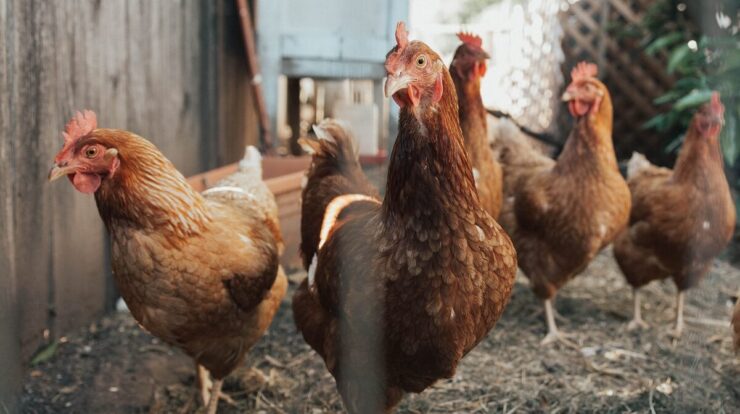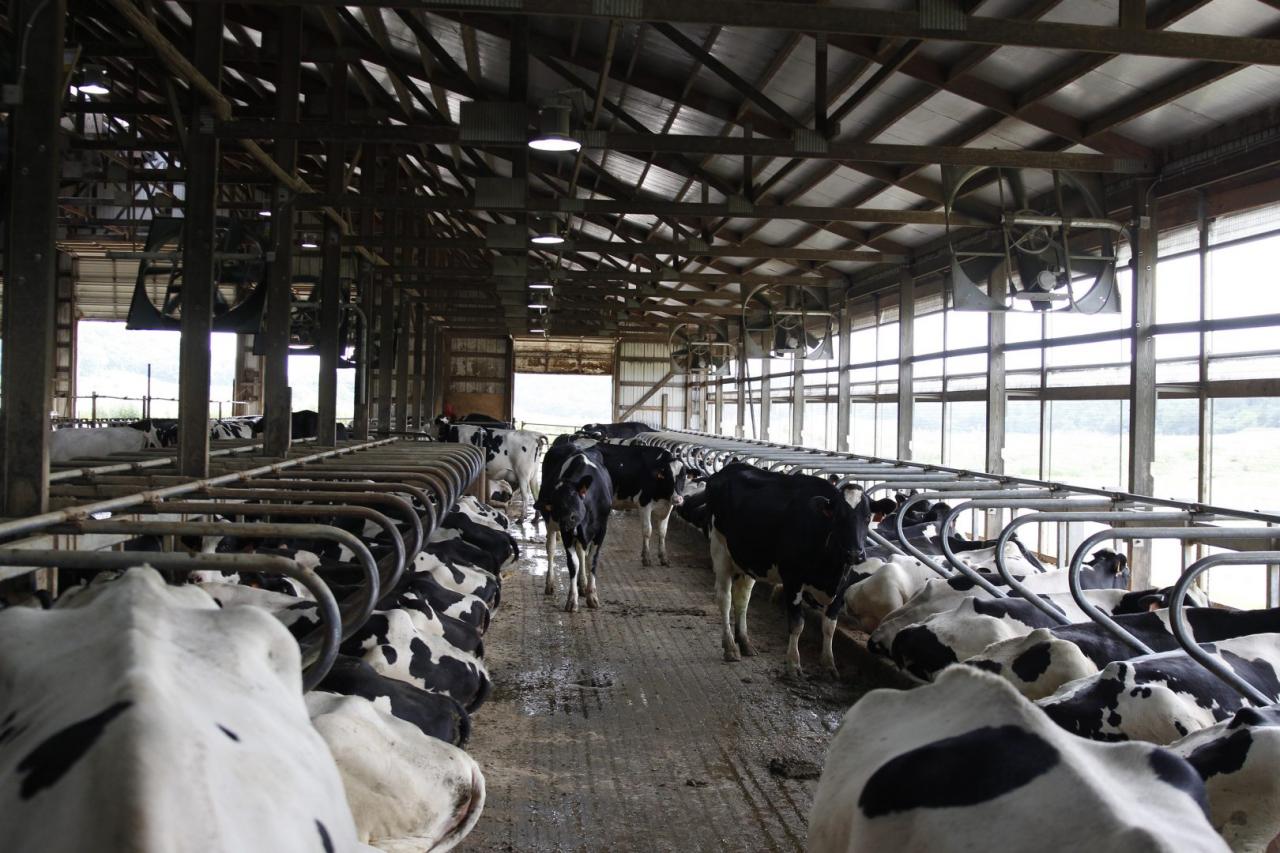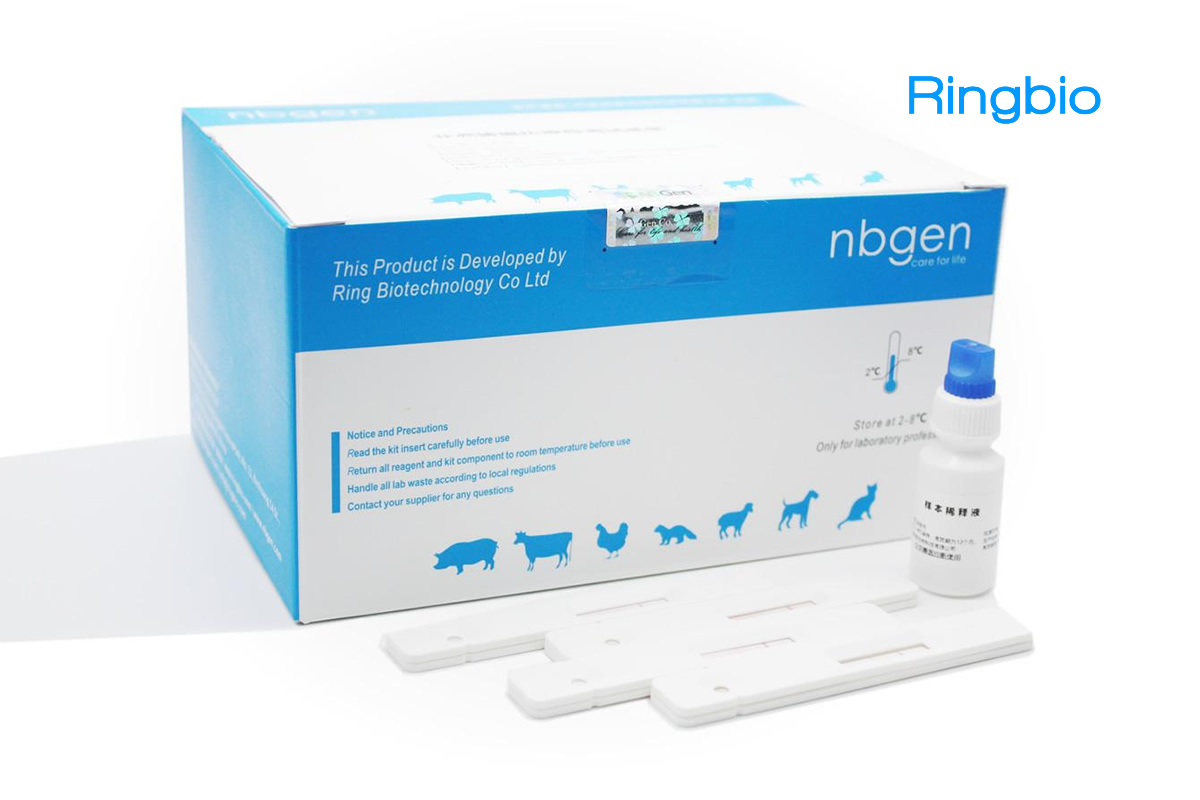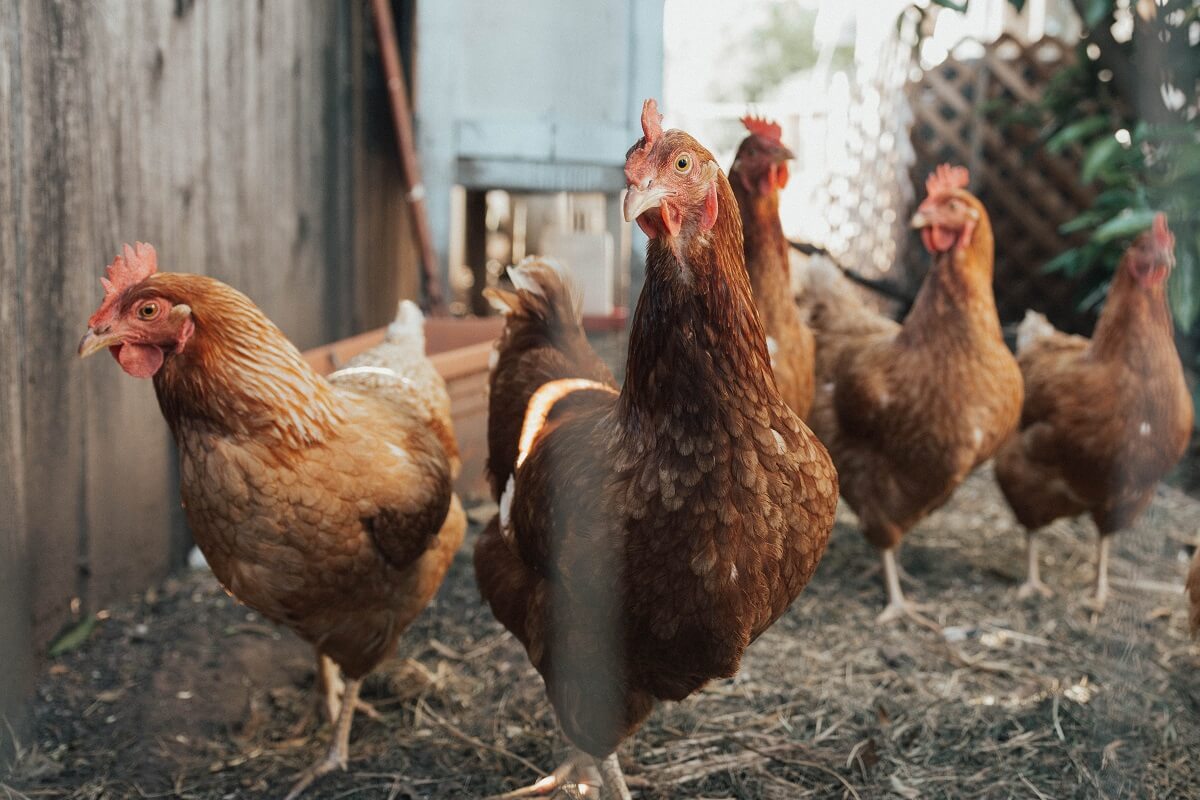
As the presence of H5N1 in milk becomes a pressing issue, it is imperative to delve into its implications and potential risks to human health. This article aims to shed light on the characteristics of the virus, its transmission pathways, and the preventive measures that can be implemented to safeguard public health.
The discussion will explore the potential presence of H5N1 in milk, the associated risks, and the measures that can be taken to prevent contamination in milk production. It will also highlight the importance of detection and control strategies, public health implications, and ongoing research efforts.
H5N1 Virus Overview

The H5N1 virus, a highly pathogenic avian influenza virus, has raised concerns due to its potential impact on human health. This virus is characterized by its ability to cause severe respiratory infections in birds, including domestic poultry. Transmission to humans can occur through close contact with infected birds or their secretions, or through consumption of contaminated poultry products.
H5N1 in Milk
While H5N1 is primarily associated with poultry, there is potential for its presence in milk from infected animals. The virus can be shed in the feces and respiratory secretions of infected birds, which can contaminate poultry products, including milk. Consumption of contaminated milk could pose a risk of infection to humans.
Transmission Pathways
- Direct contact with infected birds or their secretions
- Consumption of contaminated poultry products, including milk
- Inhalation of airborne virus particles from infected birds
Potential Risks
- Severe respiratory infections in humans
- Pneumonia
- Acute respiratory distress syndrome (ARDS)
- Death
Preventive Measures
Preventing H5N1 contamination in milk production is crucial for safeguarding public health. Implementing strict biosecurity measures on poultry farms is essential, including:
Poultry Handling
- Avoid contact with wild birds
- Quarantine new birds before introducing them to existing flocks
- Monitor birds for signs of illness and isolate sick animals
Hygiene and Sanitation
- Maintain clean and disinfected poultry housing
- Use protective gear when handling poultry
- Regularly clean and disinfect equipment
Detection and Control

Early detection and control of H5N1 outbreaks in dairy herds are crucial to prevent the spread of the virus. Milk from infected animals should be discarded, and affected herds should be quarantined.
Detection Methods
- Viral antigen detection tests
- Polymerase chain reaction (PCR) tests
Control Strategies, H5n1 in milk
- Quarantine of infected herds
- Culling of infected birds
- Vaccination of poultry
Public Health Implications
H5N1 in milk poses a potential public health risk, especially for individuals who consume raw or unpasteurized milk. Pasteurization effectively kills the virus, making it safe for consumption. However, it is crucial to avoid consuming milk from infected animals or farms with confirmed H5N1 outbreaks.
Education and Prevention
- Educate consumers about the risks of H5N1 in milk
- Promote pasteurization of milk to ensure its safety
- Monitor poultry farms for outbreaks and implement preventive measures
Research and Surveillance
Ongoing research is essential to understand the dynamics of H5N1 in milk and develop effective prevention and control strategies. Surveillance programs play a crucial role in detecting outbreaks and monitoring the spread of the virus.
Outcome Summary

In conclusion, the presence of H5N1 in milk raises concerns about public health and necessitates a comprehensive approach to prevention, detection, and control. By implementing stringent measures, educating consumers, and fostering collaboration among stakeholders, we can mitigate the risks and protect the health of our communities.





